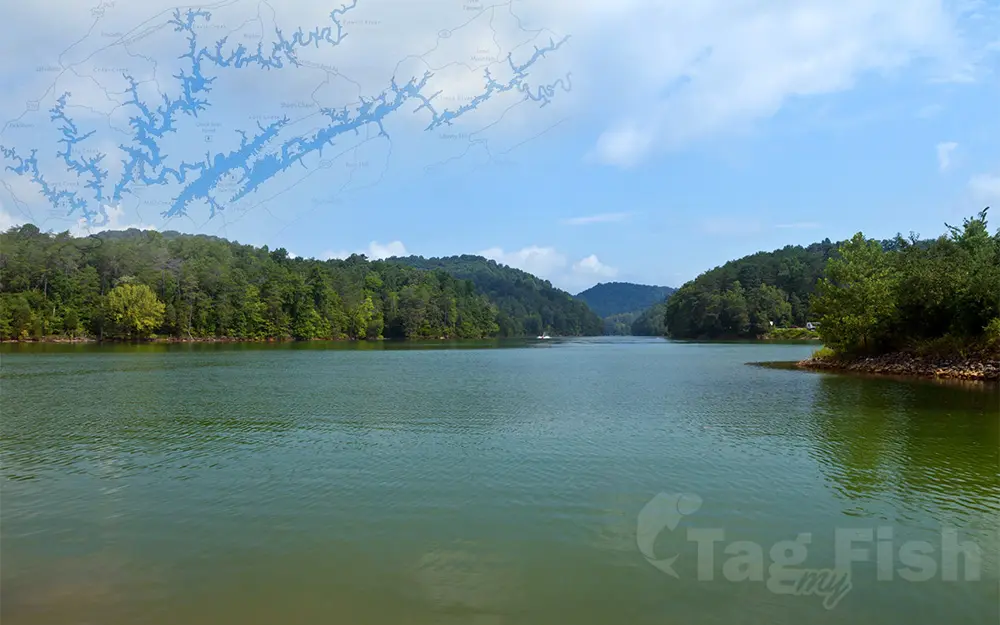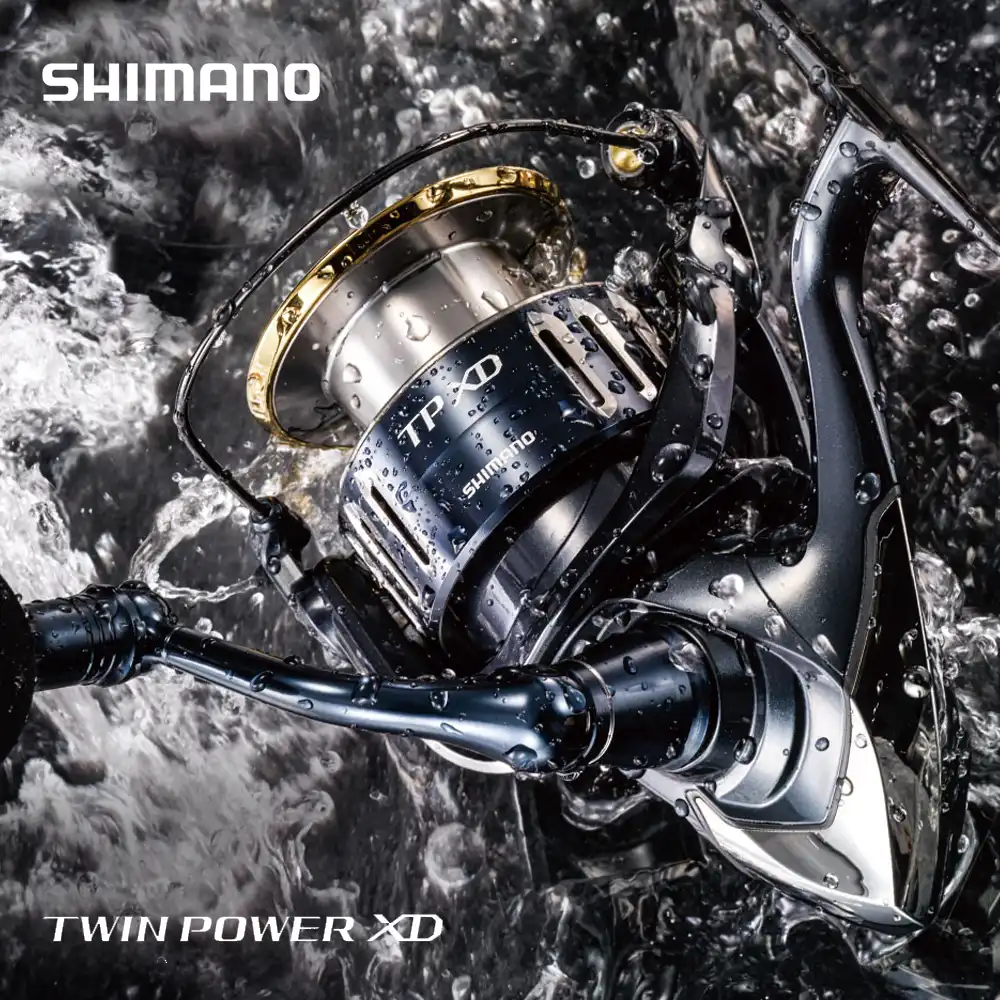Norris Lake

General data
- Name: Norris Lake
- Water system: Tennessee River
- Water type: Artificial lake
- Progression: Clinch River -> Tennessee River -> Ohio River -> Mississippi River -> Gulf of Mexico -> Atlantic Ocean -> Planet Earth
- Climates: Temperate
- Continents: North America
- Countries: United States of America
Description
Norris Lake, also known as Norris Reservoir, is a reservoir that is located in Tennessee. The lake was created by the Norris Dam at the Cove Creek Site on the Clinch River in 1936 by the Tennessee Valley Authority (TVA) for flood control, water storage, and hydroelectric power. Norris Dam and its reservoir were the first major project taken on by the TVA. The lake, the dam, and the town of Norris, Tennessee are named for George W. Norris, who was a U.S. Senator from Nebraska and who wrote the legislation that created the TVA. Fishes Most nutrients for the fish that inhabit the lake come from the Clinch and Powell Rivers because the lake has difficulty creating its own. This is the major reason that the fish population in Norris lake is not as abundant as in other lakes in the area such as Boone Lake. The lake also has advisories against the consumption of the fish because of the mercury levels in the lake. Main fish species are the black bass, the striped bass, crappie, walleye, and sunfish. The TWRA and local volunteers have worked to improve fish habitat in Norris for many years. More than 21,000 structures have been placed in the lake since 1992. A wide variety of fish attractors have been used in an attempt to concentrate fish for anglers. These include brush piles which are used by many game fish, and stake beds which are primarily for concentrating crappie. These attractors work well, but must continually be refurbished. Bald cypress and black willow trees have been planted in drawdown areas to create additional, long lasting habitat. Shoreline seeding of grasses during the winter drawdown has the potential of creating spawning habitat and cover for young fish. Inconsistent water levels, however, have rendered any shoreline seeding projects impractical. Spawning benches have been constructed to provide habitat for smallmouth bass reproduction.


